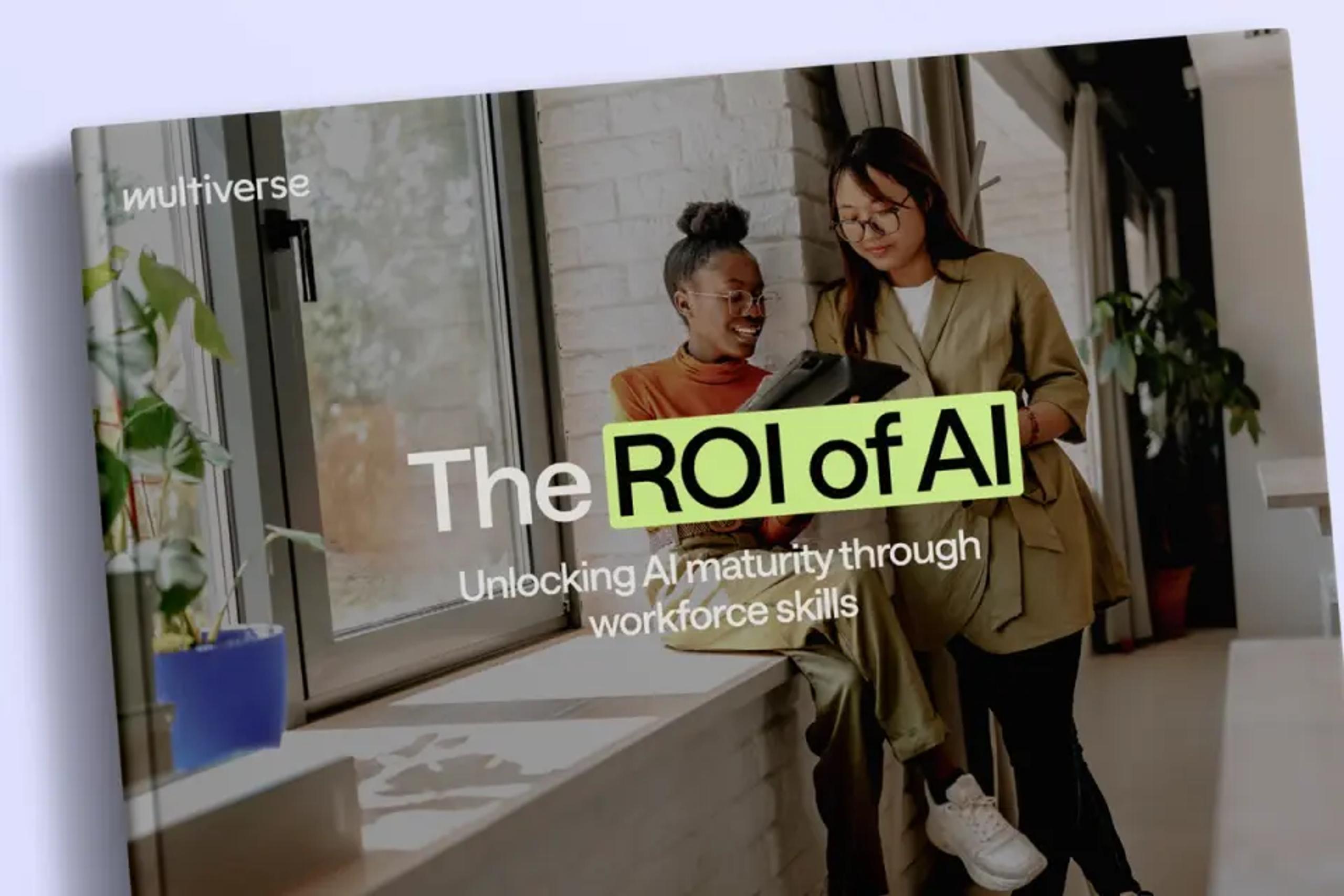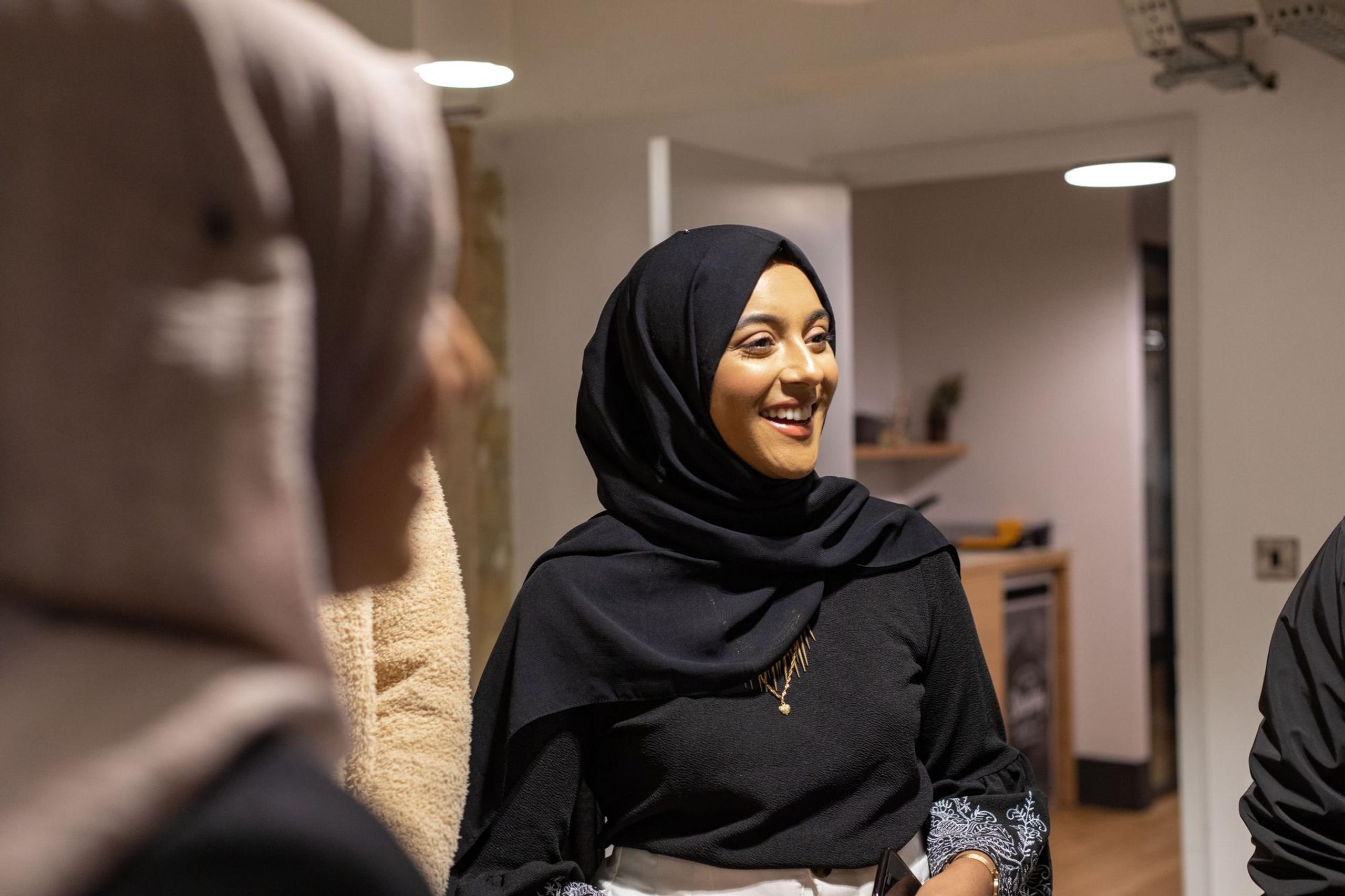We’ve all heard the news: Diversity boosts productivity. 🎉
Diverse teams are proven to increase fresh ideas, show higher financial returns and even improve employee retention.
But despite the fact it’s on top of the business agenda(opens new window), increasing diversity is easier said than done.
In fact, according to the recently published 2020 Parker Review, 59% of the 256 companies reviewed(opens new window) didn’t even have one ethnically diverse member on their board.
So not cool.
The problem is most industries are struggling to become more diverse—including the big companies in law, media, tech and the public sector. And that’s why it’s time to pull our heads out of the sand to finally answer the million-dollar question:
How can we increase diversity across all sectors?
According to Meera Patel, Talent and Diversity Specialist at Bulb, it’s up to companies to make the change.
“The onus is not on the person to change things. As a business, it’s on us to fix these problems. We have an opportunity to change the hiring and working experience for people who work here—and the more we can do to create a diverse and inclusive workforce, the more people are able to flourish and have an impact,” Meera explains.
For Meera, one of the key solutions is a strong apprenticeship programme.
“A lot of the team were already aware of the need to create inclusive spaces and supportive of the idea, but this doesn’t automatically create an inclusive culture—you have to actively build that… [That’s why] as a team, we decided hiring apprentices was a good idea.”
Diversity Hiring: How to smash your diversity targets from all angles
There’s way more to the diversity story than simply hoping for the best—it’s time to recognise the situation and take action.
That’s why, when it comes to increasing diversity, you need a solid plan.
The Parker Review suggests each FTSE 100 company should lead the way for the rest of their industry by hiring at least one BAME director by 2021—with the hope that other companies will follow suit.
But the trick to really nailing your diversity goals is to lead from the top, down and from the bottom, up.
That means not only hiring diverse boards but simultaneously creating a solid apprenticeship programme to bring in diverse candidates from the bottom too.
Here’s some top steps to avoid the glossy, lip-service pitfall and increase diversity in a way that really matters:
Step #1: Get real with your strategy
It’s time to eke out what you really mean by diversity—and that means consulting with the whole team.
Check in with internal influencers to find out what your team are looking for when it comes to the ideal apprentice. Then ask yourself what skills, traits and characteristics sets your top-performers apart from the rest.
Once you’ve got this inside knowledge, it’ll be so much easier to avoid positive discrimination and get the diverse candidates you really want.
Ask yourself: Does our diversity strategy represent our ideal apprentice?
Step #2: Know the difference between diversity and representation
Just because you have some women and non-white employees, doesn’t mean your company is diverse.
Confused?
Here’s why: To be a true diversity frontrunner, you need to think of your company as a web, rather than split into different sections. That means ensuring ALL departments are touched by the different points of view diversity brings.
Ask yourself: Are any departments lacking perspectives from people of color, young people, veterans, neurodiverse talent, members of the LGBTQ+ community, people with disabilities, people with criminal records and people over 40? How can we change this?
Step #3: Source like you mean it
Your job descriptions are the first connection you’ll have with diverse candidates—and it’s up to you to make sure they aren’t put off at the first hurdle.
Think of your sourcing as an invitation to apply. That means monitoring the language you use, focusing on must-have skills, proudly stating your D&I principles and working with an A-player apprenticeship management provider.
Ask yourself: Am I making this job description appealing to diverse candidates?
Step #4: Create the perfect interview
Your aim is to get rid of any bias, intentional or otherwise.
When it comes to interviews, creating a structured process that’s the same for every candidate is your best strategy.
Plan your process before your candidates arrive, create a set of bias-free questions and get as many eyes on the process as possible to weed out any unconscious bias.
Ask yourself: Will the interview process be a fair try for people of any background? (If you’re unsure, test it out with mock candidates).
What next?
By striking from both ends, you’re guaranteed to build fully diverse teams throughout the company.
The outcome?
- A range of cultural perspectives creates an inspired and innovative workforce.
- Cultural insight helps to focus in on target markets.
- A broad range of skills drives new and more adaptable services.
- Upping diversity leads to a happier and more productive workforce.
In other words, the road to productivity is through diversity hiring.
And whether you’re in law, media, the public sector or anywhere else, if you want to leap ahead of the competition it’s time to start making those changes today.




